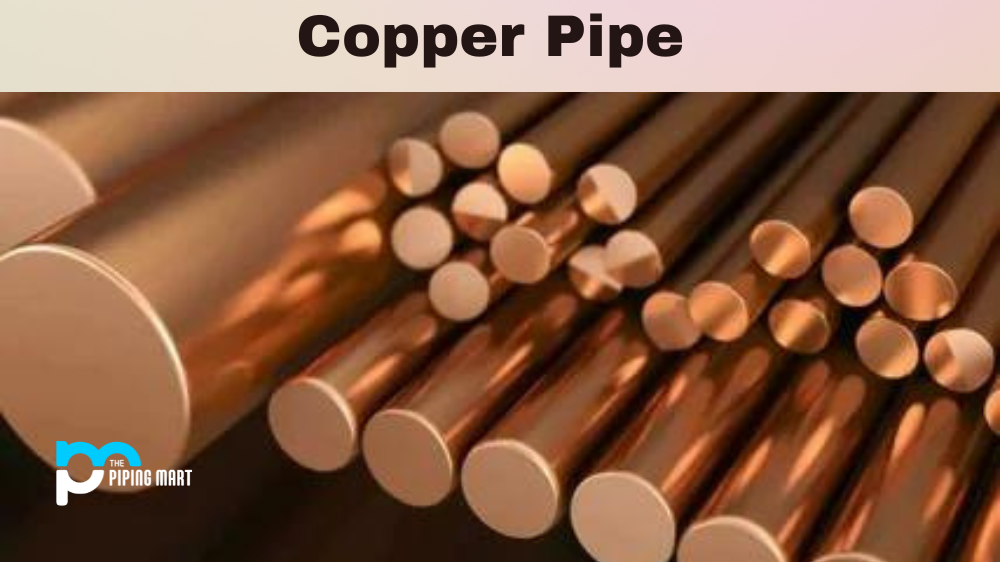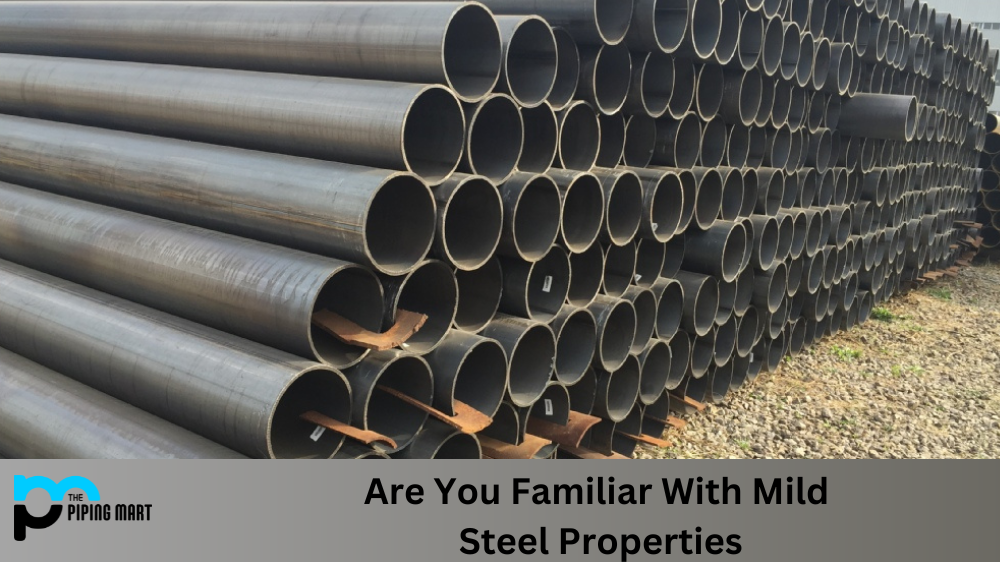Copper pipe is one of the most popular materials for plumbing due to its durability and ability to withstand extreme temperatures. Whether you are working on a home improvement project or a professional plumbing job, it helps to understand the basics of brazing copper pipe, bending copper pipe with a conduit bender, and protecting it from corrosion. In this blog post, we’ll cover all you need to know about working with copper pipes.
Copper Pipe Hardness & Classification
The hardness of copper pipes can range from soft to hard depending on the type of alloy used in manufacturing them. For example, Type M copper pipes have a relatively low hardness rating, while Type K is considered to be much harder than other types of copper pipes. Additionally, different types of copper tubes have different classification systems and fittings that must be taken into account when considering joining two pieces together or connecting them with another material. For example, Class 2 tubes are designed for use in water services, while Class 3 tubes are suitable for gas services.
Melting Point & Brazing Copper Pipe
Due to its high melting point, brazing is often used when joining two pieces of copper pipe together. Brazing involves heating two pieces of metal until they reach their melting point and then applying a filler material such as brass or bronze between them in order to fuse them together. This process creates an extremely strong bond that will not corrode over time as other methods would. It is important to note that the temperature used when brazing should not exceed the melting point of the metal being joined in order to prevent damage or weakening of the joint.
Bending Copper Pipe with Conduit Bender
When it comes time for bending copper pipe, a conduit bender is often used due to its ability to bend pipes quickly and accurately without damaging the metal itself. When using a conduit bender, it’s important to use the appropriate tool for your specific application – meaning that if you’re trying to bend small-diameter pipes, then you should use a smaller tool than if you were trying to bend larger-diameter pipes. Additionally, it’s important that any bends made with a conduit bender are done slowly and evenly in order for them not only to look nice but also to be structurally sound once completed.
Corrosion Protection
Finally, protecting your newly installed piping from corrosion is essential in order to maintain its structural integrity over time. The most common way this is done is by using galvanized steel which acts as a barrier between your piping and any corrosive substances it may come into contact with (i.e., water). Additionally, coatings such as epoxy can also be applied directly onto the piping itself in order to provide an additional layer of protection against corrosive elements (such as salt air). It’s important that whichever method you choose has been tested and approved by your local building codes before being used on any job site since improper protection could lead to catastrophic failure down the line!
Conclusion:
Working with copper pipe requires knowledge about many aspects, including hardness ratings & classification systems; melting points & braze techniques; bending capabilities & limitations; as well as corrosion protection methods & materials required for installation. Jobsite safety standards compliance reasons. With so many factors involved, it can seem overwhelming at first, but understanding these concepts will help ensure successful projects every time! By following these steps closely, you’ll be able to save yourself money and headaches down the line by having quality results each time! Also, remember there’s always an experienced team at Metric Marketing available who can answer any questions or provide additional guidance – don’t hesitate if needed! Thanks for reading!

Pipingmart is a B2B portal that specializes in metal, industrial and piping items. Additionally, we share the latest information and information about materials, products and various types of grades to assist businesses that are involved in this business.




